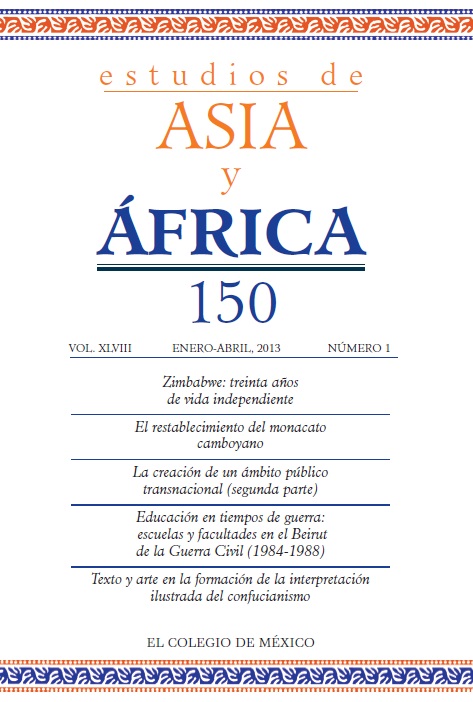Abstract
At the beginning of the 21st century, Lebanese migrants to Mexico City have a median income which is significantly higher than that of the Mexican population. I argue that this is the product of the history of their migration, and the institutions that they have developed during the past century; which configured a transnational field of public debates spanning the Mashreq and the American Mahjar, what we could call a “migrant public sphere”. The migration began in the late 19th century, when a diverse cross section of Lebanon’s population traveled to the Americas for a variety of reasons. Those with greater access to resources provided employment and credit for the majority of these migrants. The relationships, initially personal or based in a common village of origin, were maintained throughout the 20th century through a variety of institutions generated by the migrants themselves. The earliest of those were aid institutions organized by religious communities. These were followed many decades later by nationally defined social institutions. In the process, a social identity category was created and presented to Mexican society which has gathered together the Lebanese success stories and the middle class majority under the same national category of “Lebanese”. This combined identity allows their collective identity to be perceived as one of higher prestige by non-Lebanese Mexicans than the “Lebanese” middle class migrant and migrant descent majority would have otherwise enjoyed, and provides new avenues for social mobility.
This work is licensed under a Creative Commons Attribution-NonCommercial-NoDerivatives 4.0 International License
Copyright 2022 Estudios de Asia y África


